Open House Chicago returns, giving attendees a plethora of eye-catching and community-centered exploration options around Chicago
Depending on who you are, the words “architectural tour” might ring bells of excitement in anticipation for exploring new sights or could instead be filling you with dread, as you imagine spending mundane hours ‘touring’ something that doesn’t even interest you.
As Open House Chicago is considered to be an “architectural festival,” I can almost guarantee that those exciting bells will be ringing off the walls based on how the event is designed and the plethora of options participants have to explore through self-guided tours.
For some quick background, Open House Chicago (OHC) is a free public festival that offers self-guided tours of culturally, historically and (of course) architecturally significant buildings and outdoor spaces during just one weekend in October. Hosted annually by the Chicago Architecture Center, this year the festival highlighted over 20 neighborhoods across the city, with over 170 sites open for visitation on October 14 and 15.
While the primary purpose of the two-day festival is to acquaint participants with the architecture of Chicago, many of the open sites are also community-based organizations, and when planned out well can open your eyes to experiencing parts of Chicago that you might not necessarily see regularly.
Boxville
My first destination of the OHC weekend was Boxville —located right off the 51st Green Line station — which hosted a live DJ spinning upbeat tunes accompanying freshly brewed tea, books, plants and clothes all available to purchase, despite the day being incredibly gloomy and rainy.
Perhaps one of the most innovative concepts for a storefront, Boxville is a community space made up of shipping containers that house a variety of black-owned businesses. The concept is straightforward; small businesses around Chicago get chosen to set up a storefront inside of a brightly colored shipping container for a certain amount of time. Empowered with skills learned through the partnership with Boxville along with positive neighborhood feedback, some businesses have had the option of opening their own brick-and-mortar store in the neighborhood.
As a part of the “Build Bronzeville” initiative, not only does Boxville help raise community awareness of these local businesses, as best explained on their website: “The Boxville approach disrupts the cycle of disinvestment, disengagement, and blight in inner city communities. The typical starting point for inner city commerce is a dilapidated building consisting of several, mostly-empty retail slots, building systems in disarray, and an abundance of debris. Rehabilitation of such buildings can take years, if it is possible at all, due to the volume of work required and the difficulty of securing capital to fund it.”
Open every day of the year (although hours depend on individual businesses) Boxville is certainly an architectural marvel in terms of innovation, giving it a special place not just in OHC but within the historic Bronzeville neighborhood as well.
Hyde Park Historical Society
If you’ve walked or driven along Lake Park Avenue in Hyde Park chances are you’ve passed by the small quaint building — surrounded by vibrant, overgrown greenery — which has housed the Hyde Park Historical Society since 1980.
When you walk into the space, you are greeted by a warm glow that can only emanate from timeless wooden panels that fully line walls, leather-bound books, vintage lamps, and passionate volunteers. In design terms, the building is wood on wood, upon some more wood; if you’re imaginative enough while inside, you could maybe see yourself residing in it as a small quaint cabin along the busy street. According to a short film about the Society’s history that was being shown inside for OHC visitors the building is a former cable car waiting room, which is fairly easy to discern as architect John Vinci restored the current building to directly resemble the now-defunct cable car waiting rooms that were stationed around Hyde Park.
Currently, the Society is focused on working on their Oak Woods Cemetery project where, with the assistance of interns, they have been in the process of documenting the locations of numerous graves. Mallory Price, the Society’s Vice President, explained that this means they are still uncovering graves that have not been properly cared for — and have people writing to them asking if they have found specific notable figures.
Even on the dreary first day of OHC — and with a couple more hours to go — Price mentions that they were having a great turnout, already welcoming in over 200 visitors, “Because we’re not open all the time, there’s a lot of people that are like, ‘Oh, the building’s finally open’,” said Price.
Price’s personal collection of numerous historical artifacts of the surrounding community are located in a glass casing in the center of the main room, containing things like vintage press photos and old grave lot owner tickets; reflecting the dedication many of the Society’s volunteers have had since its inception.
Englewood Breakroom
Since I unfortunately didn’t plan out my time very well on Saturday, the Englewood Breakroom was my third and final destination of the first day. Located near the bustling intersection at 63rd and Ashland the Englewood Breakroom, formed through a partnership with Teamwork Englewood, the Englewood Arts Collective and Englewood Branded, serves as a community space designed for retail and various community engagement — particularly oriented toward youth — through different opportunities including basketball, volleyball, tennis and numerous events.
“We use this space to engage because it’s a way to change the trajectory of what we have been known for, which is crime-ridden. So we’re definitely on a different path to ensure that our neighbors, our youth have a quality place that they can spend time at and also grow,” said Corie Luckett, the owner of Englewood Branded apparel — the brand that started the Breakroom.
Although Saturday might have been the worst day in October to host OHC just in terms of weather, and the flow of visitors had been slow, Luckett mentions that OHC is a great opportunity since it’s always a plus to be able to showcase the various elements of the space to people that are normally not in the community. Anecdotally, Luckett mentions that the annual Englewood Fall Fest will be hosted in the space the following day and that the turn-out there is always popular, so I decided to pop in for a bit the following day to get some photos, and man, was the turn out amazing.
Attendees were mostly youth and families with small children, dozens of free activities were available; ranging from a live dance-off held at the front of the stage, a pumpkin patch where kids got to choose a gourd they liked best, carnival rides, delicious smelling food and a fresh s’mores station. With the weather being perfectly crisp, a better day for a fall festival couldn’t have been chosen.
Having grown up in Englewood himself, Luckett has been participating in community engagement for the past six years, “They know what to expect, they know that I’m here for them and they respect it, and they support what we do,” said Luckett, revealing community trust and experience as essential tools. “This is my home, I’ve been here since I was 5 years old, and to be able to take the experiences that I’ve had then, and provide them for a new wave is just simply amazing.”
National Cambodian Heritage Museum
Walking along Lawrence Avenue is one of my favorite mundane pastimes. It’s culturally diverse, has great food, crosses the Chicago River through the aid of a picturesque bridge and has stunning buildings; including the National Cambodian Heritage Museum of which you could spend an infinite amount of time admiring the intricate stone sculptures that are built into the building itself.
The museum itself is beautifully curated with walls covered with images and explanations that are perfectly complemented by physical artifacts; items ranging from tools, instruments, and garments are all on display, giving visitors a glimpse into the community’s heritage. Curated personal photographs also give visitors a deeper glimpse into the Cambodian community’s experiences, alongside traditional dishes available for OHC participants to try, that don’t just enlighten taste buds.
Having been there officially since 2004, the museum used to be a part of the National Cambodian Association Program of Illinois which is a social service agency established by Cambodian refugees in 1976, however in 2015 it gained its own 501-c3. Although they are technically two separate organizations, they continue working together to foster an integrated holistic approach to work with the community.
“[An] important part is that this is Community owned and community served, so the people use this space to tell their own stories, and share the stories,” said Associate Director, Kaoru Watanabe. “Especially [because] many survivors still don’t want to talk about it but at the same time it’s important to have this kind of space when you’re there already, to start talking about sharing their stories especially with their children and younger generation.”
The museum has a staff that run various community-centered programs based on traditional song, dance, language and storytelling programs while always hosting tours for visitors exploring the museum, five days a week as a way to have Cambodian-American artists utilize the space for exploring their identities. On Sunday, the museum also hosted the Cambodian Traditional Music Ensemble, an ensemble that played beautiful traditional Cambodian music which you can listen to a few seconds of, below.
Chicago Printmakers Collaborative
When you get off the Western Brown Line Station and make your way North, you will stumble upon a storefront display full of eye-catching prints, all made by artists who use the Chicago Printmakers Collaborative space.
Chicago Printmakers Collaborative (CPC) is the longest-running independent printmaking shop in Chicago, also functioning as an artist studio, workshop, and gallery; focusing on traditional fine art printmaking ranging from relief, lithography, etching and silkscreening (it is also the only community shop that does lithography).
Many of their on-site artworks on display are available for purchase around the whole space, while each room is open and available for exploration. The studio is spacious in general but was bordering on being cramped with the number of visitors on the 15th. As people milled around, two of the five large “tables” were occupied by demonstrators who took the time to explain their art-making processes and answer all questions.
According to the Gallery Manager, Jack Specter Bishop, since the Director’s husband is an architect, the shop has the unique experience of being custom built specifically to be a print shop, meaning that it has a specific workflow in mind; and since all the rooms were open for OHC, visitors had a direct glimpse into how the space smoothly functions regularly.
CPC participates in Open House Chicago every year since they host so many artists that draw inspiration from the city’s architectural landscape, like artists Hiroshi Ariyama and Dennis O’Malley, who on Sunday were doing detailed demonstrations of silk screen printing and etching, respectively. “Even though they both look so different, stylistically, we think it’s a fun homage to do for this event,” said Bishop, while mentioning that both of the artists’ works are derived from their photographic work done around the city.
Hector Duarte Studio
If you’re anything like me, any kind of public artwork, especially those found at CTA stations, brings you joy and can make a cold, treacherous commute rather enjoyable. Chances if you’ve ridden the Pink Line, for example, you have encountered the incredibly colorful and poignant work of Hector Duarte.
This being said, I was incredibly excited about my final destination before heading to Englewood Fall Fest since it was Duarte’s studio which is located a short walk from the Damen Pink Line station. Duarte and his assistants welcome visitors into the space, all taking the time to carefully explain the background and significance of the works on display. Inside, there are three completed and one in-progress work titled “We Are Lucy”; which is a tile portrait of Lucy Gonzales Parsons that will be placed on an affordable housing building in Logan Square. Directly across is a completed piece that Duarte did to honor Lucy’s husband, Albert Parsons, and his efforts within the labor movement during the Haymarket Riots.
When you push aside the curtain separating the two rooms available for OHC visitor viewing, you are met with a breathtaking glow-in-the-dark butterfly cocoon art piece that honors two Mexican forest defenders who were killed in the state of Michoacán. The piece is so grand that the longer you look at it, the more details you can discover, while also having small milk-weeds lining the cocoon’s peripheries which visitors were able to take home.
When Duarte emigrated to Chicago in 1978, he mentioned that the most experience he had with migration was through his father and brother who came to the US through the Bracero Program. As he discovered, Chicago had many Mexican residents far from the border, so he began tying these experiences with motifs of Monarch butterflies. His idea was that since a Monarch migrates from Canada to the US and can come and go, he began thinking about the fact that migrants without papers don’t have that ability, eventually using butterflies as symbols of migration.
Of course, Duarte receives incredible feedback for his work; like OHC visitors asking to take photos with him in front of his murals or even voicing their opinions on what his pieces mean to them. Duarte specifically notes that a self-organized group of over 30 enthusiastic Latinos came into his studio earlier that day not just to voice their support and opinions but to ask advice on how not to lose touch with their cultural roots since the culture we live in here emphasizes assimilation.
Header photographed by Jana Simovic


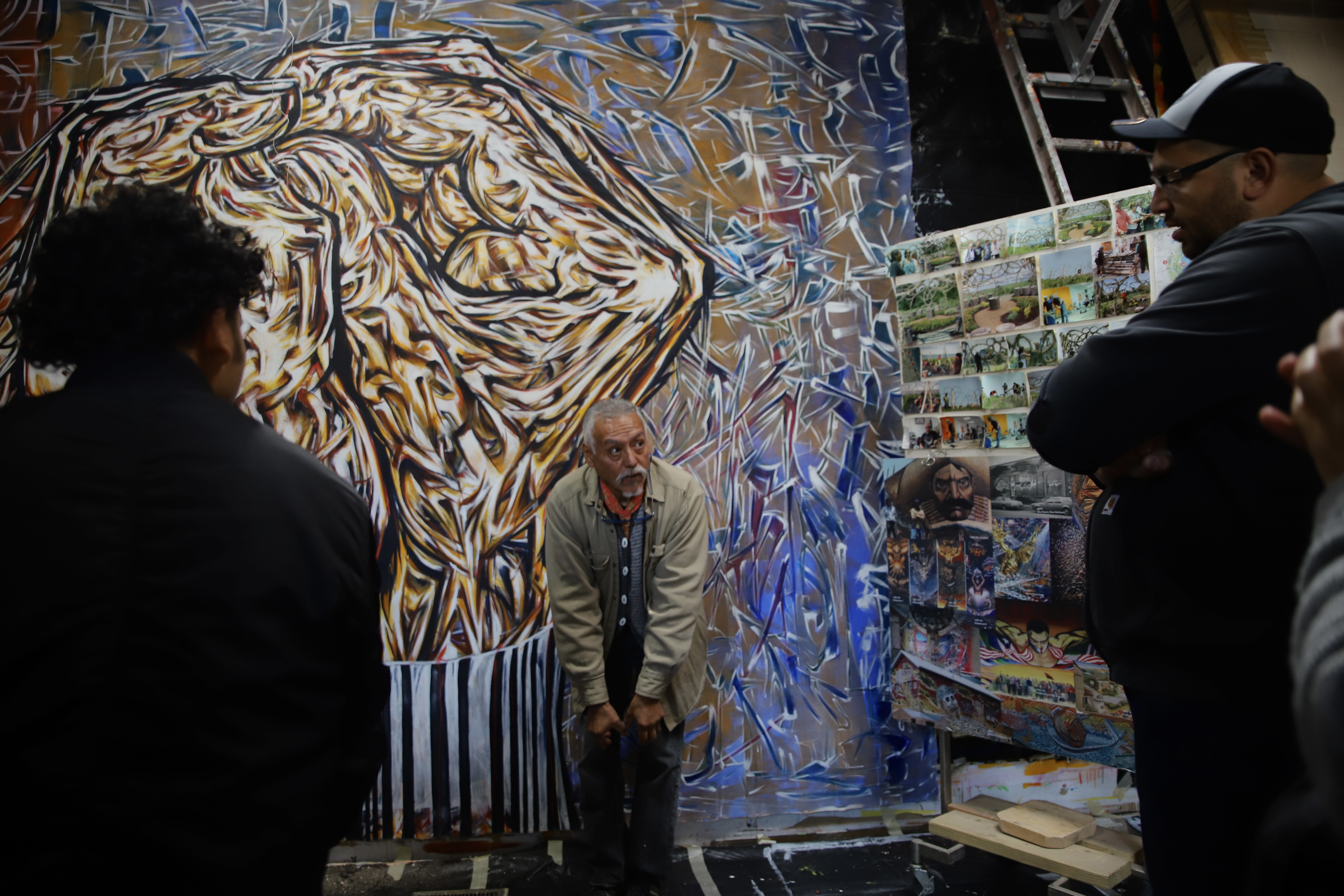
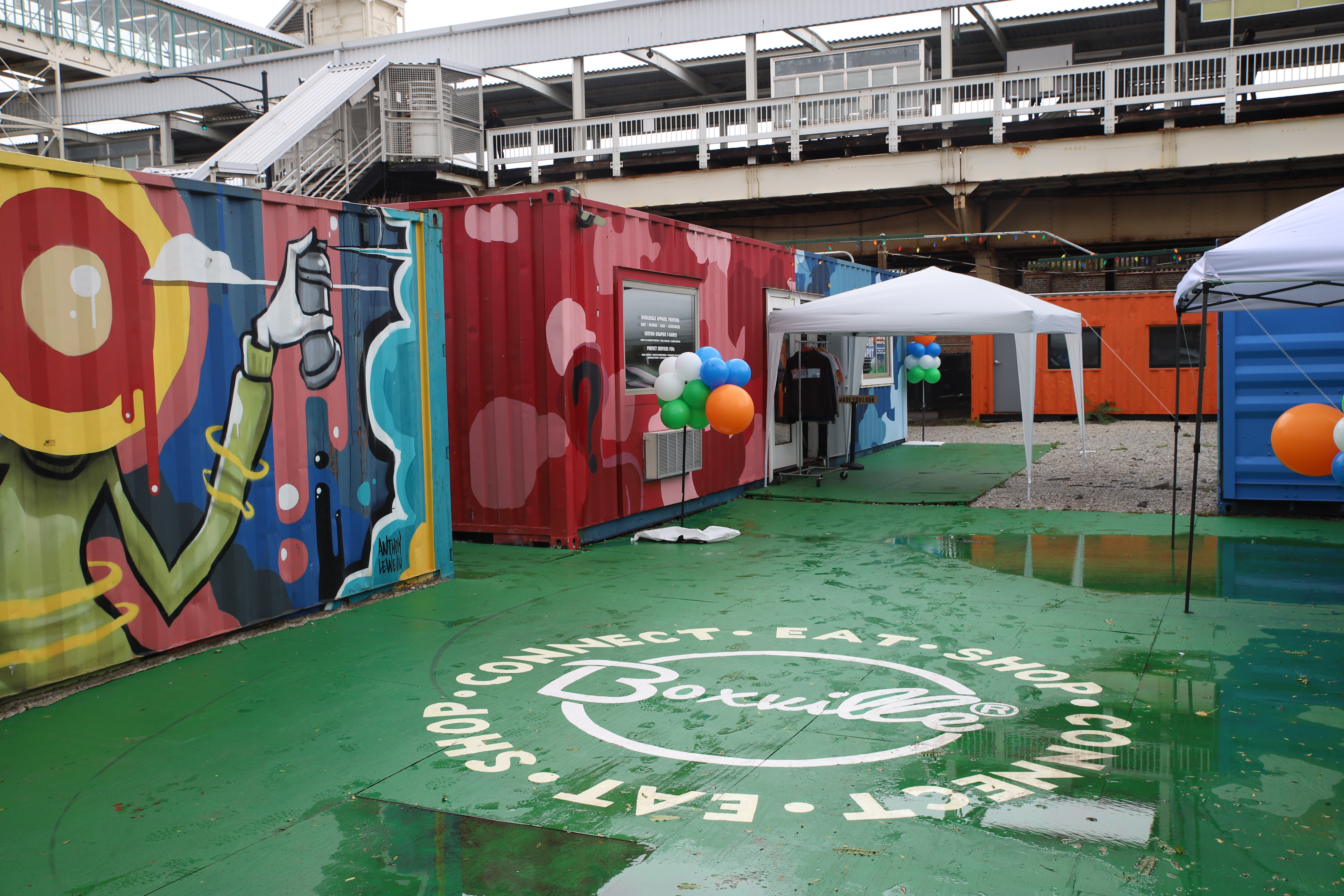
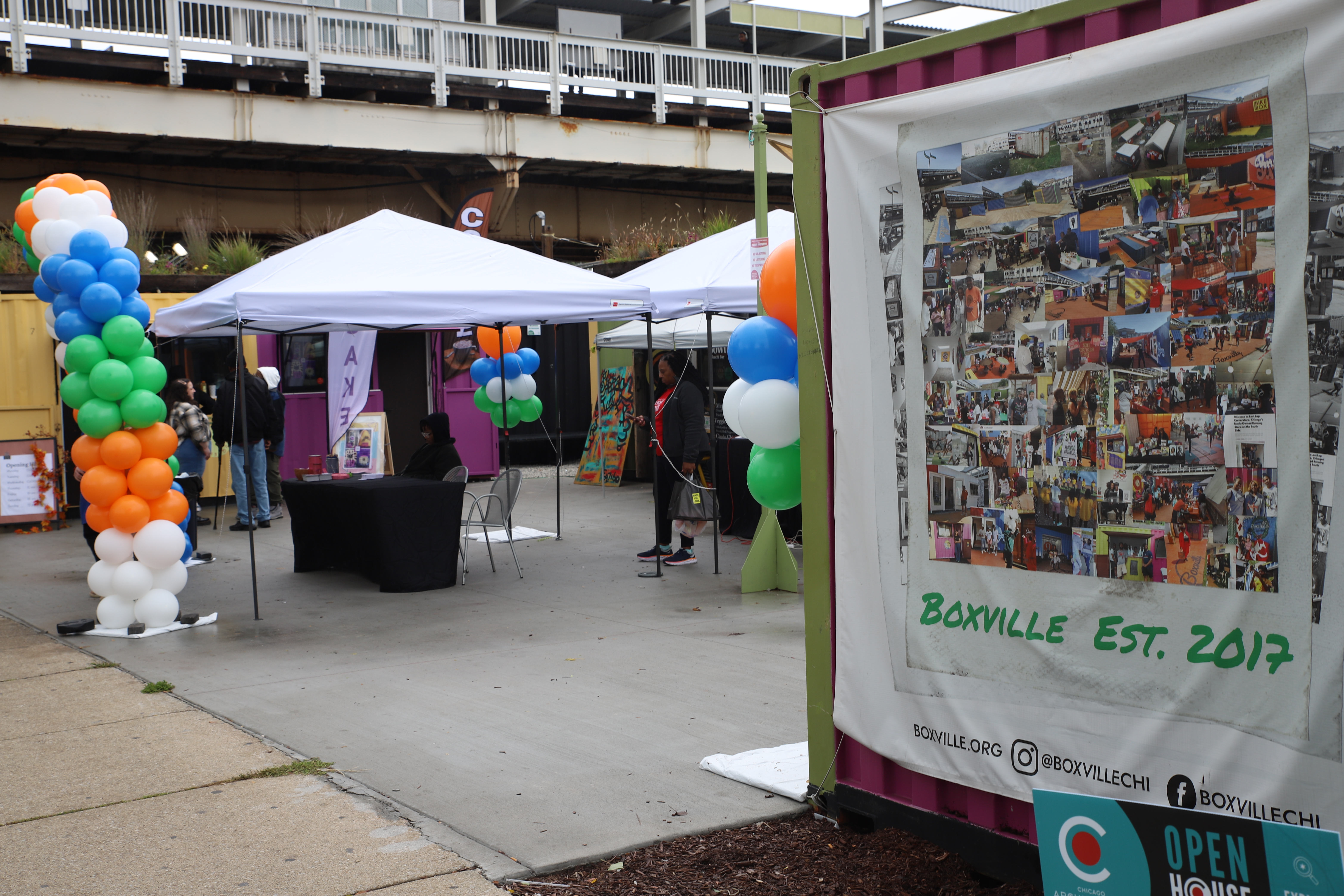
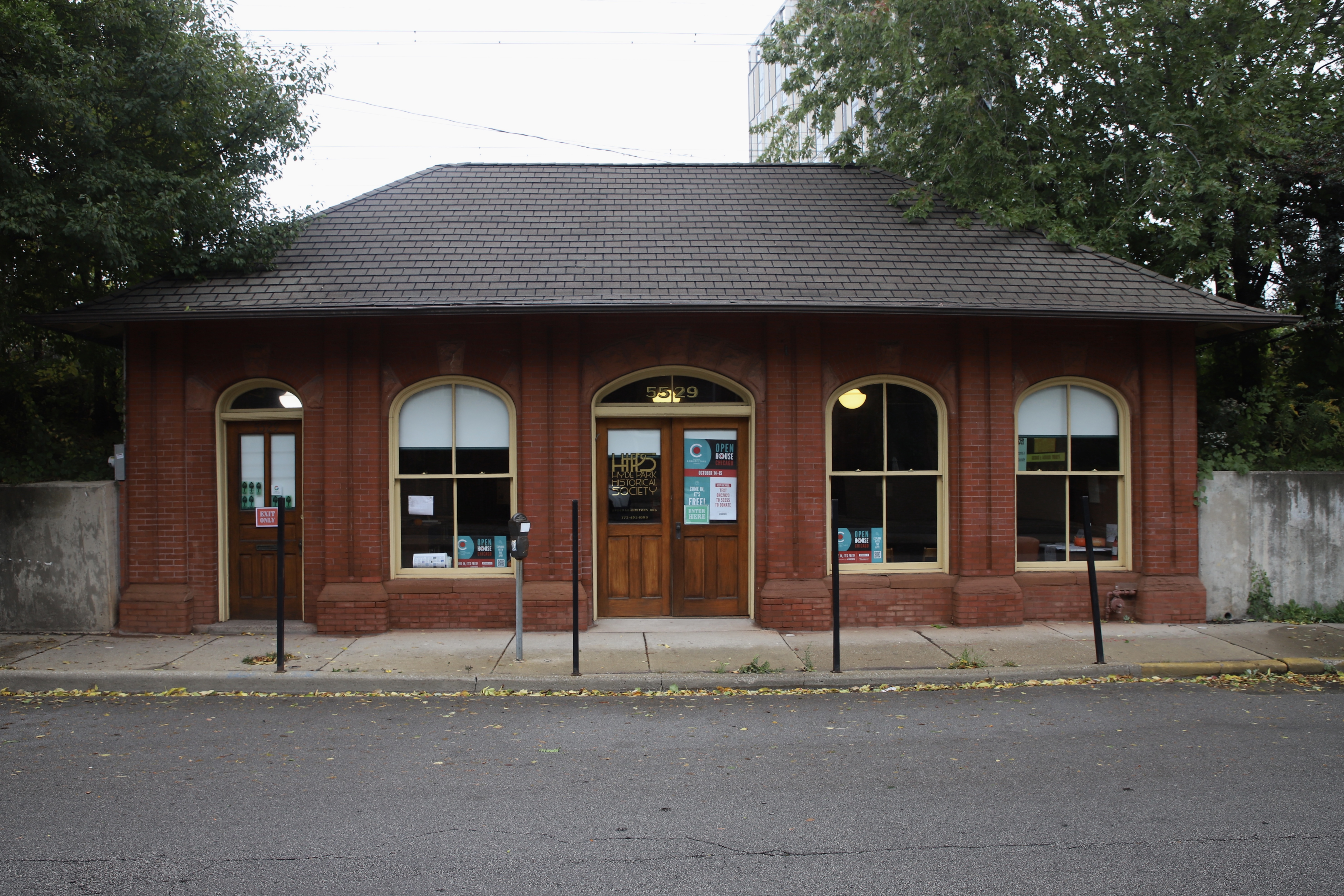
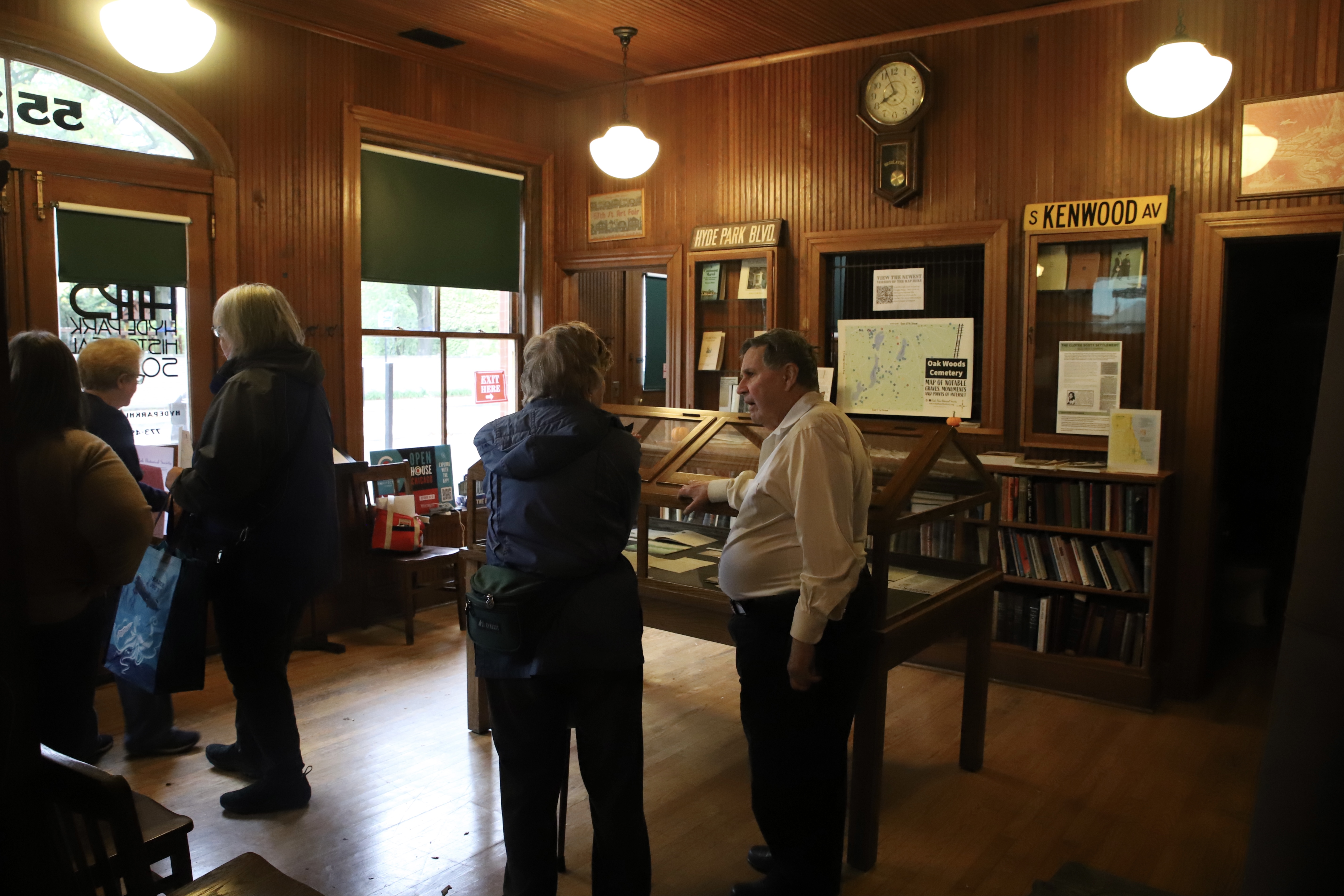
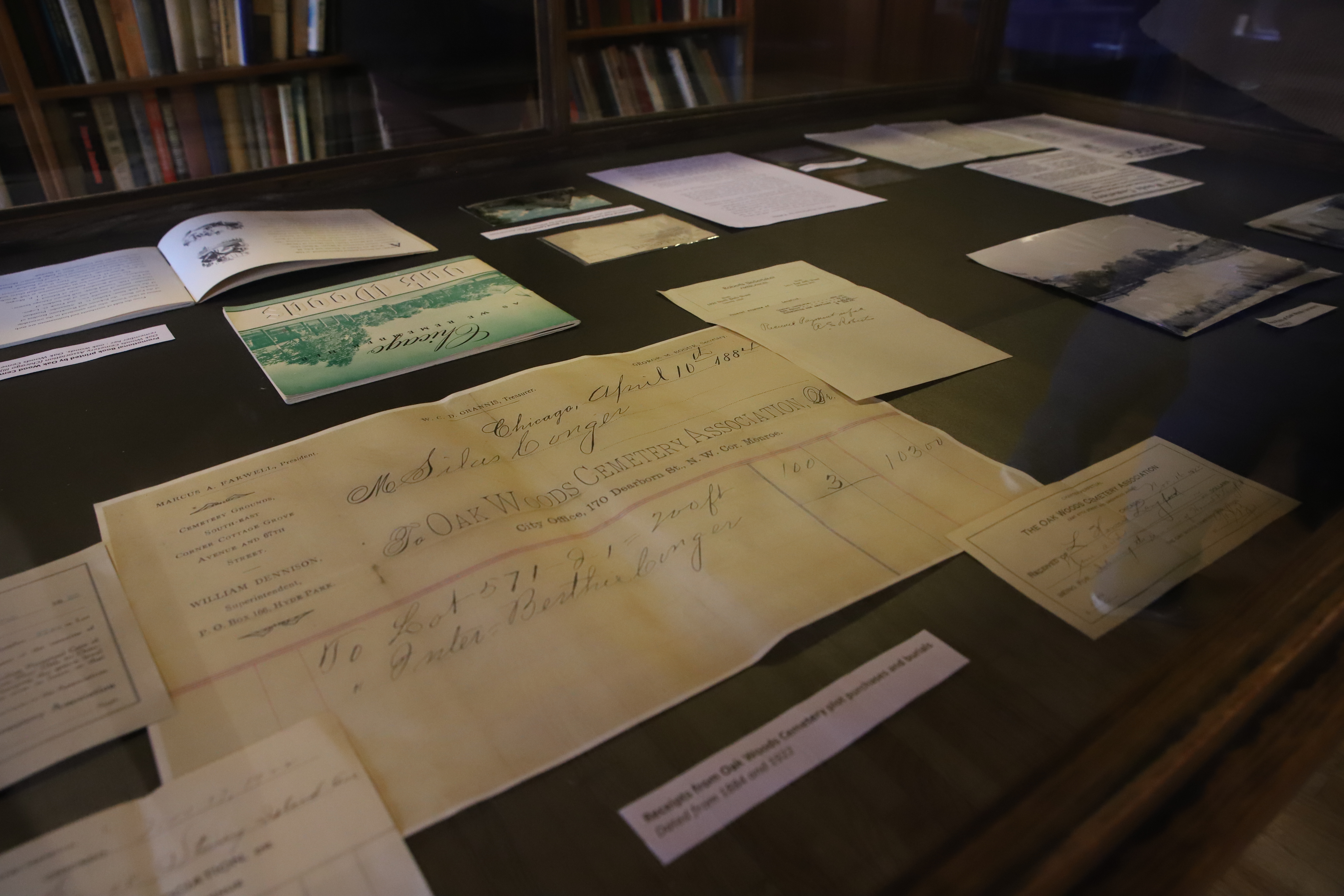
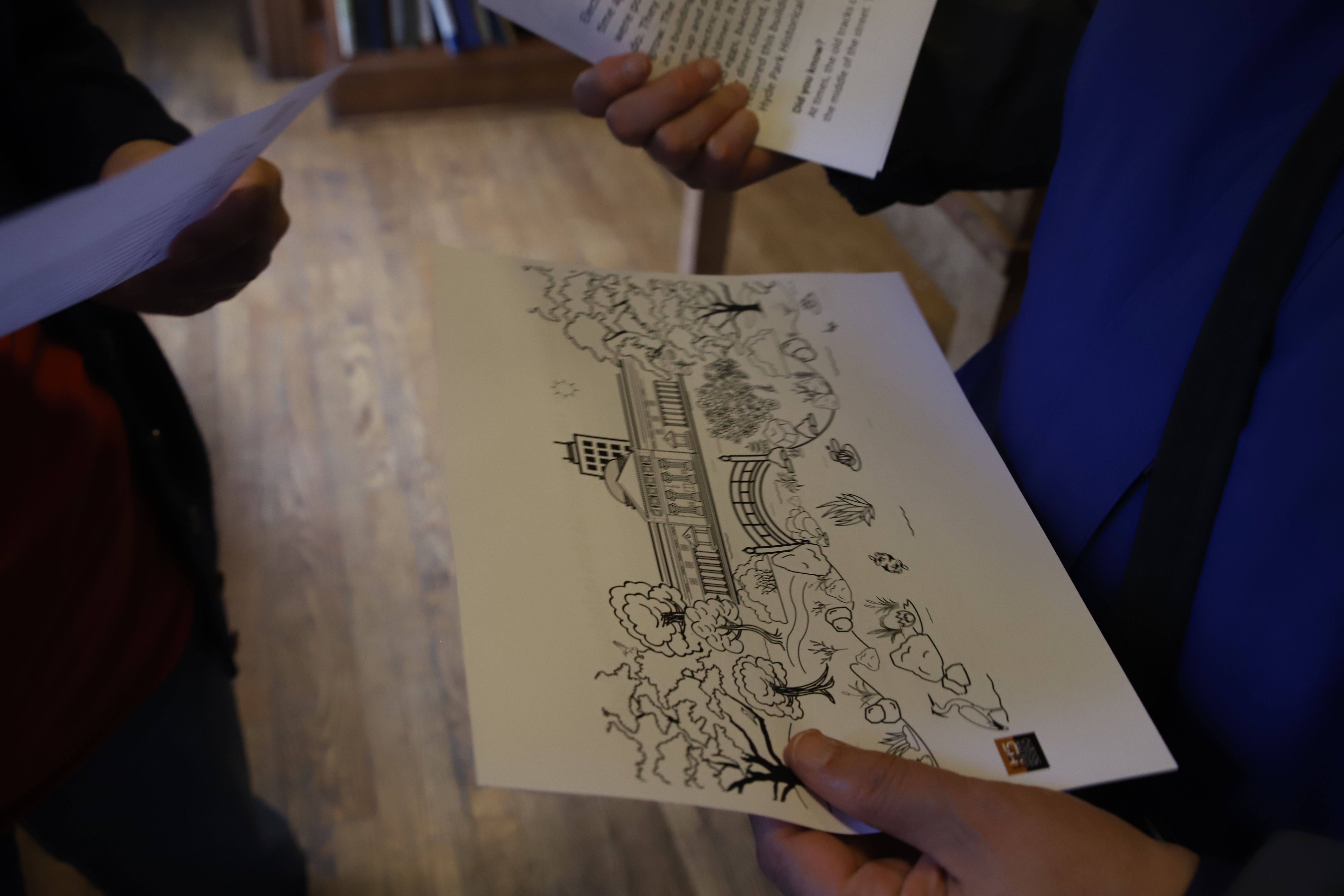
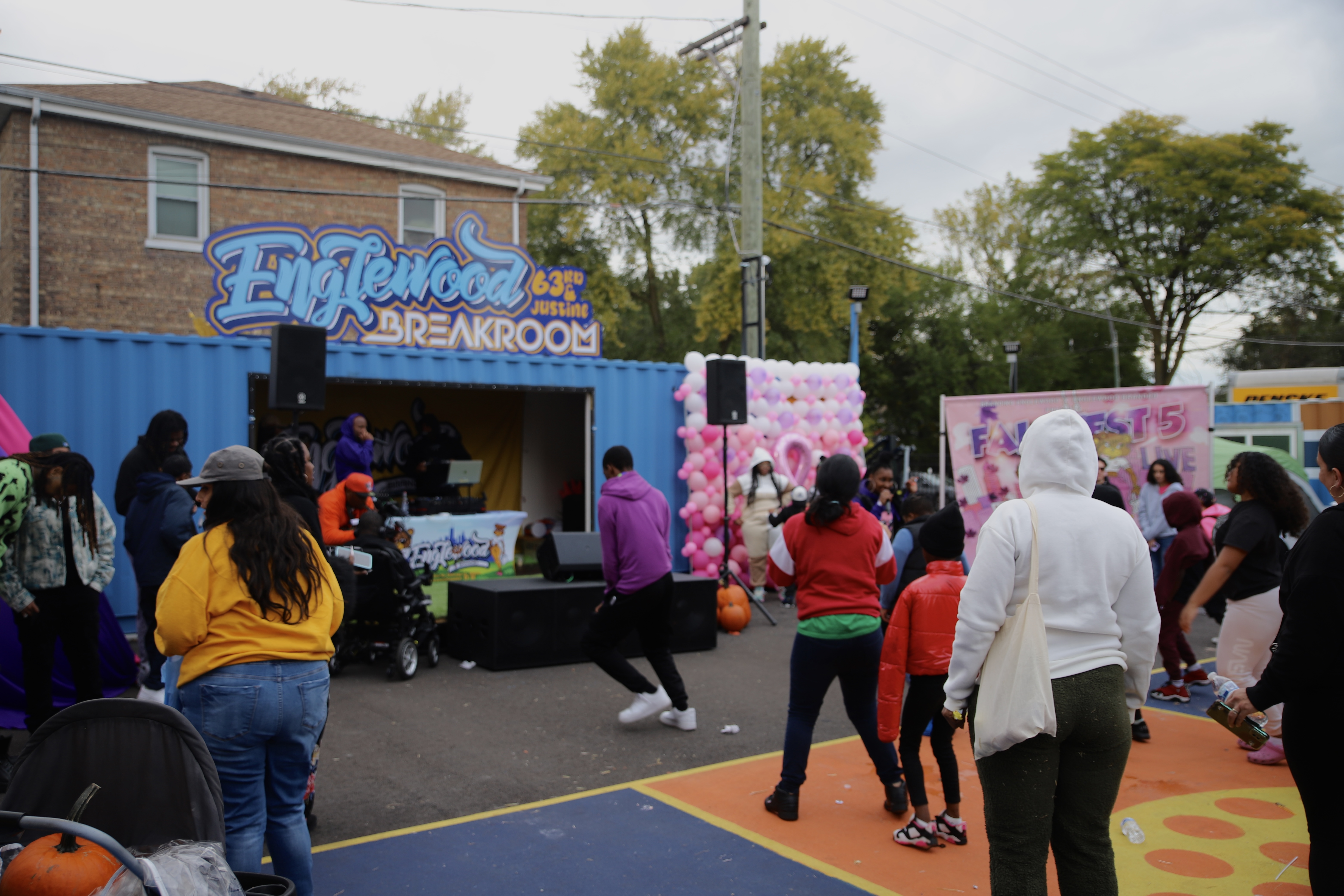
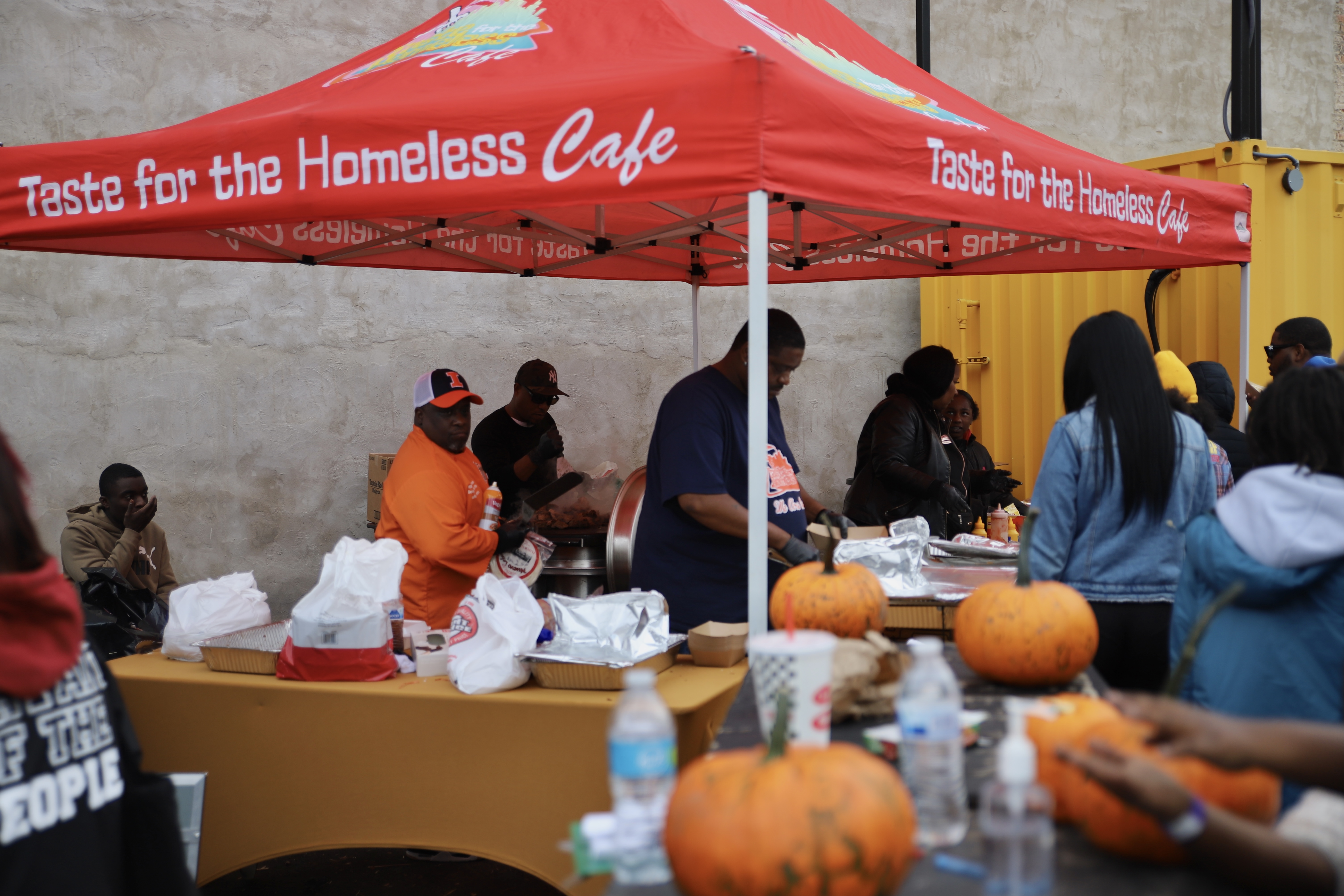
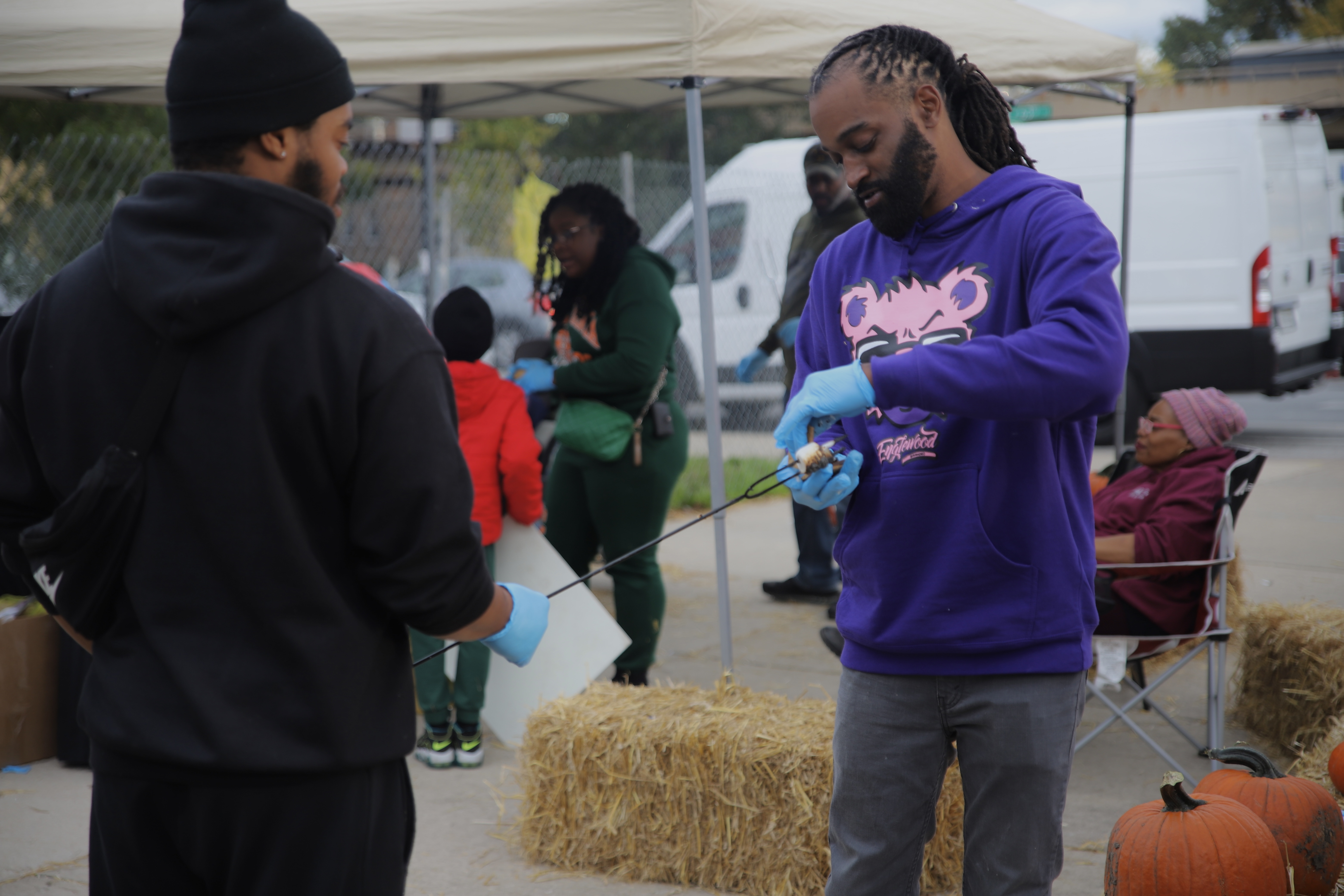
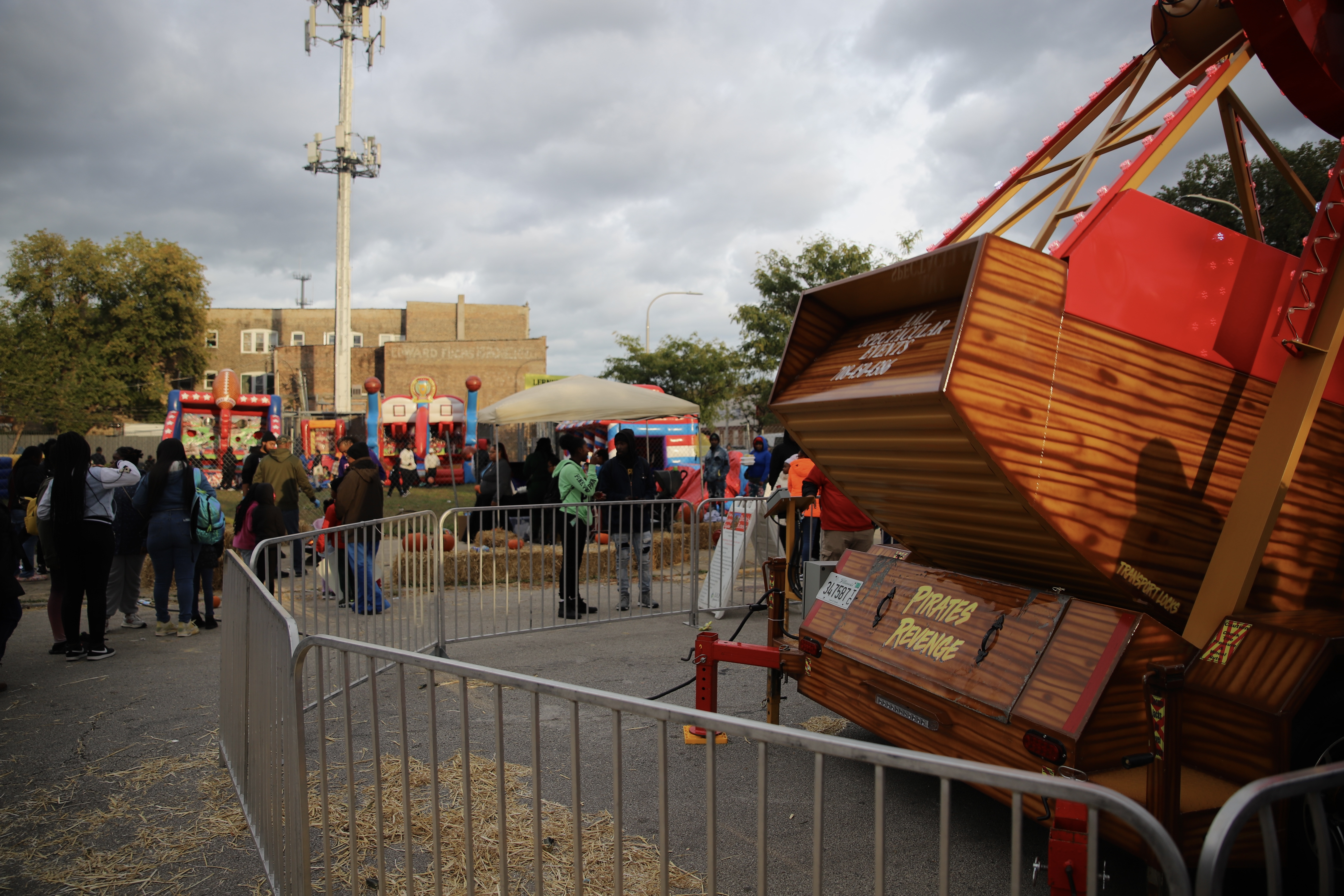
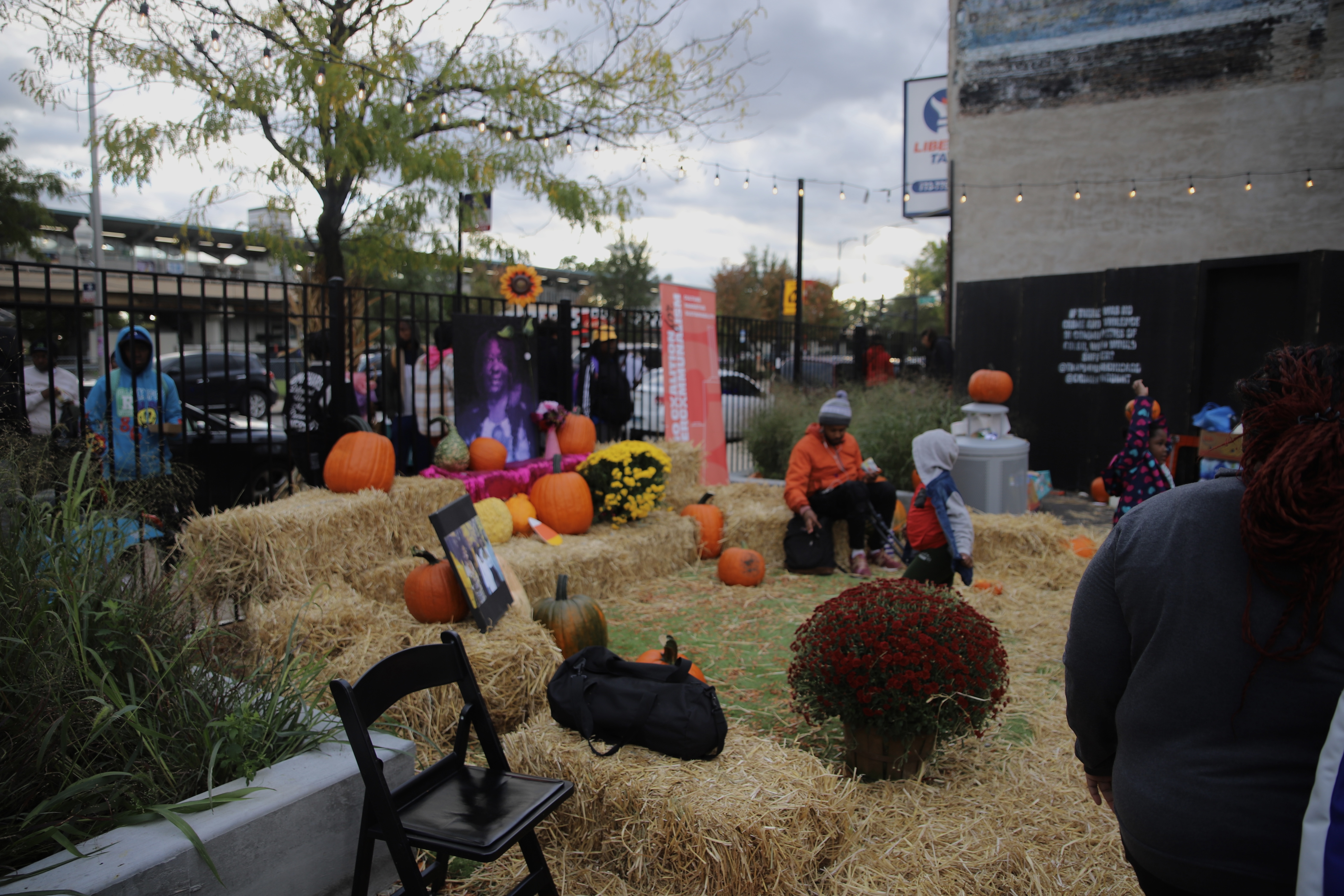

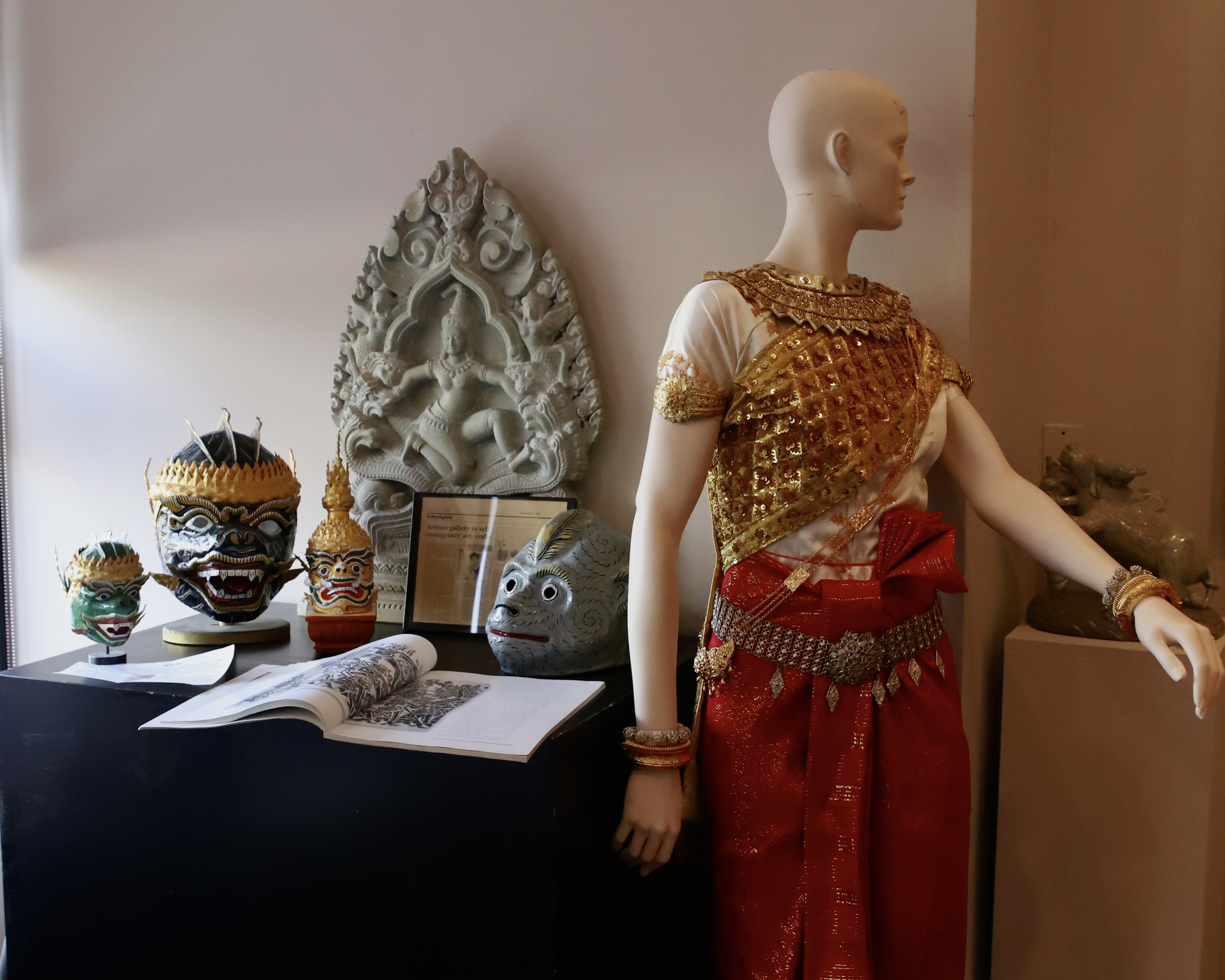
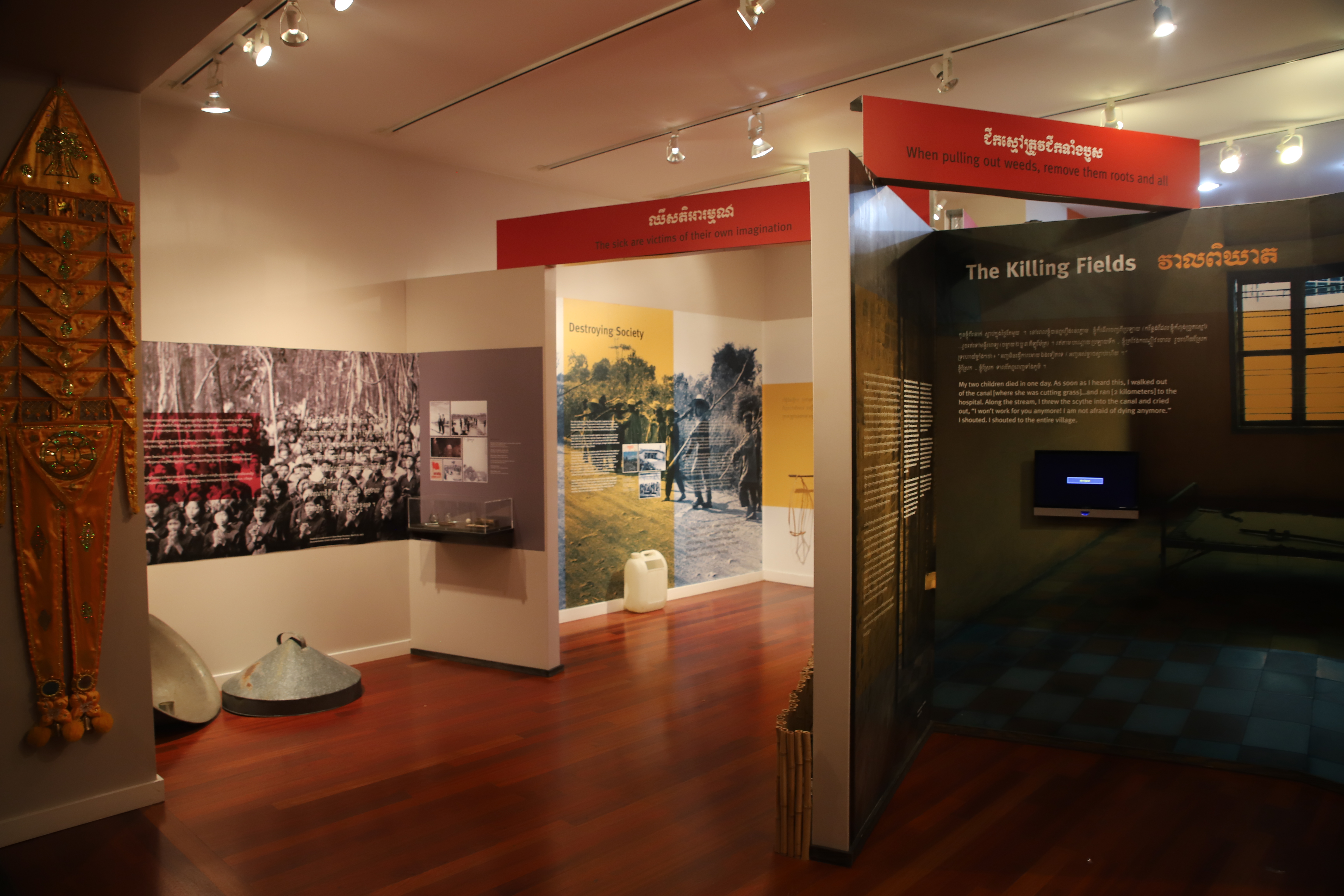
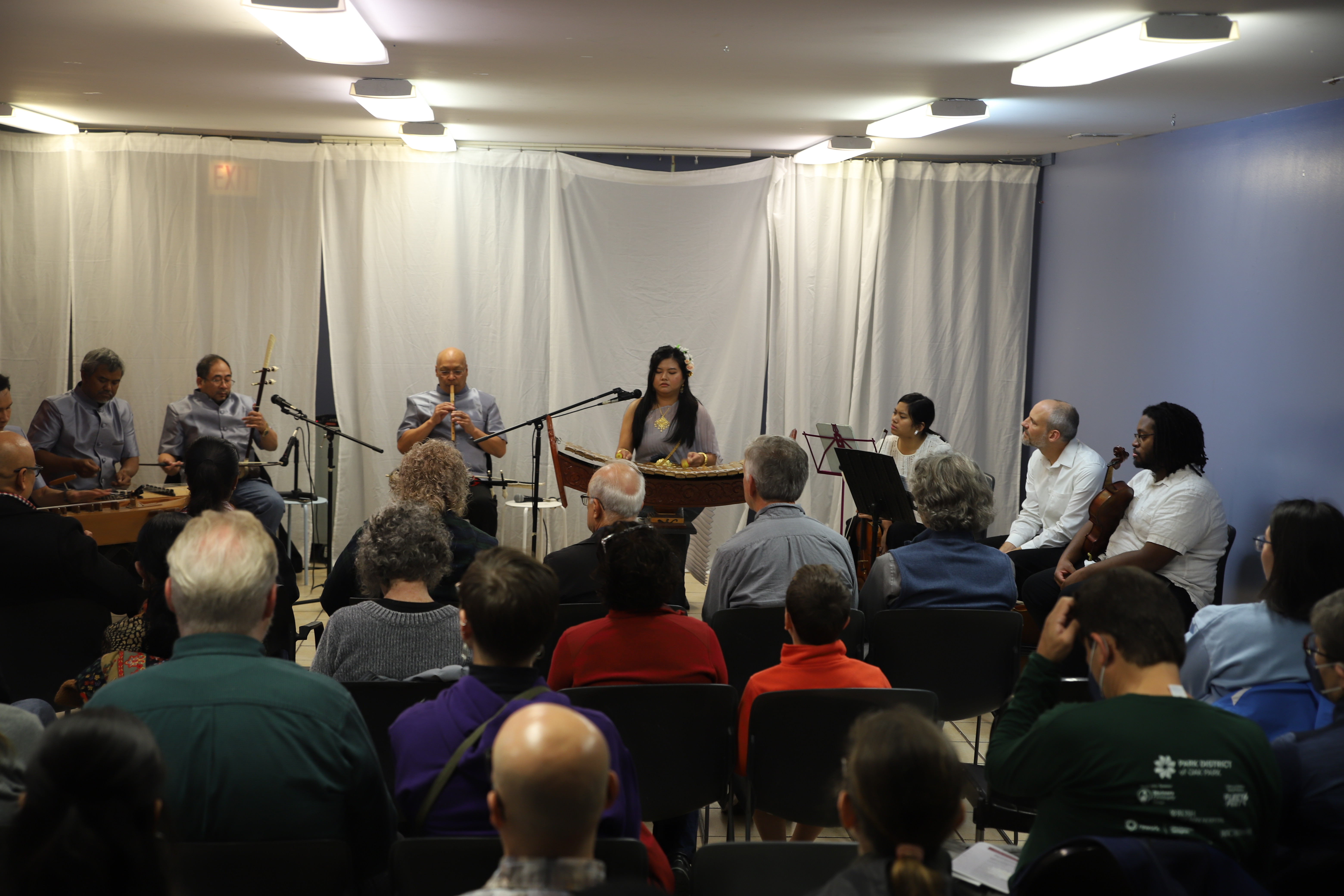
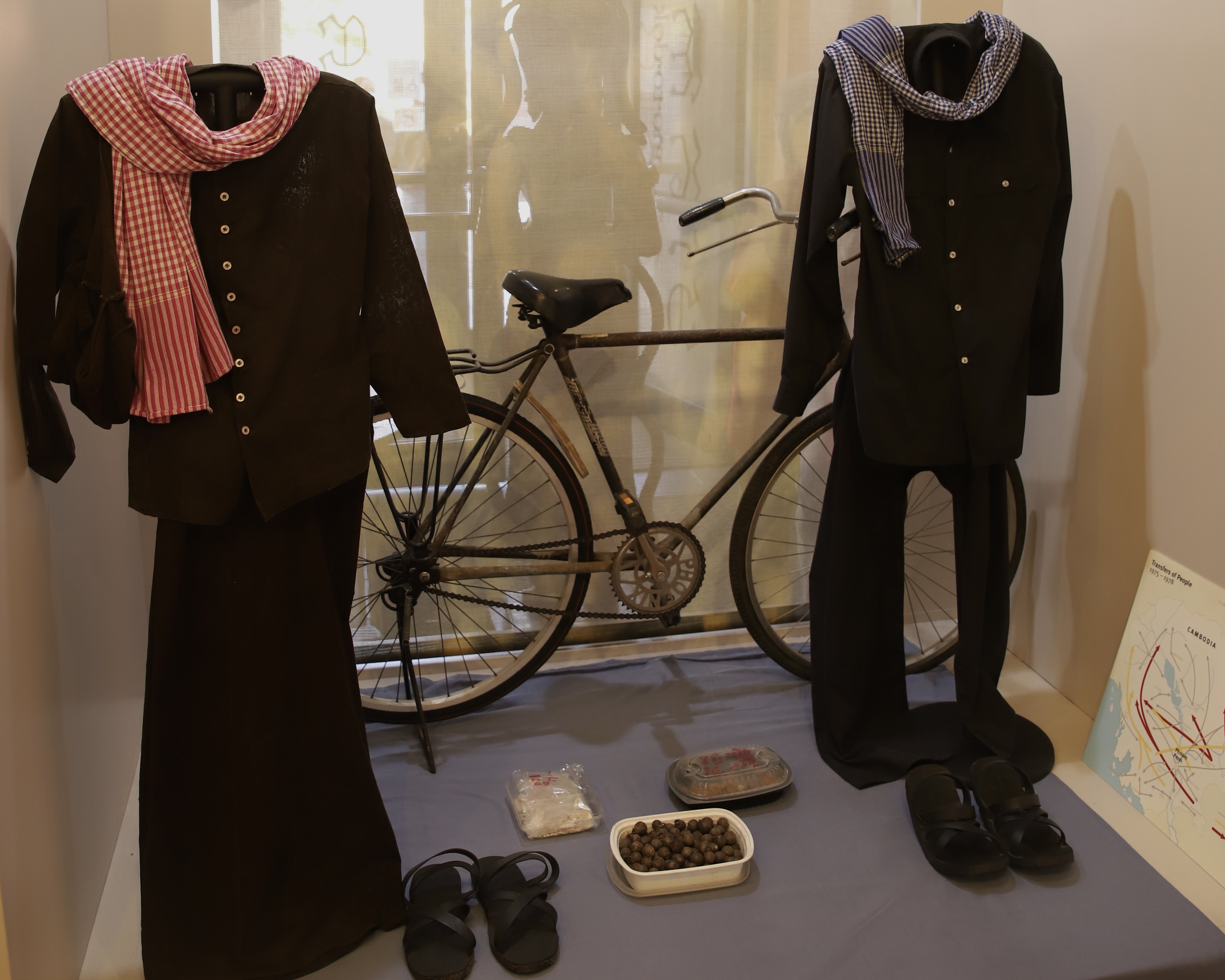
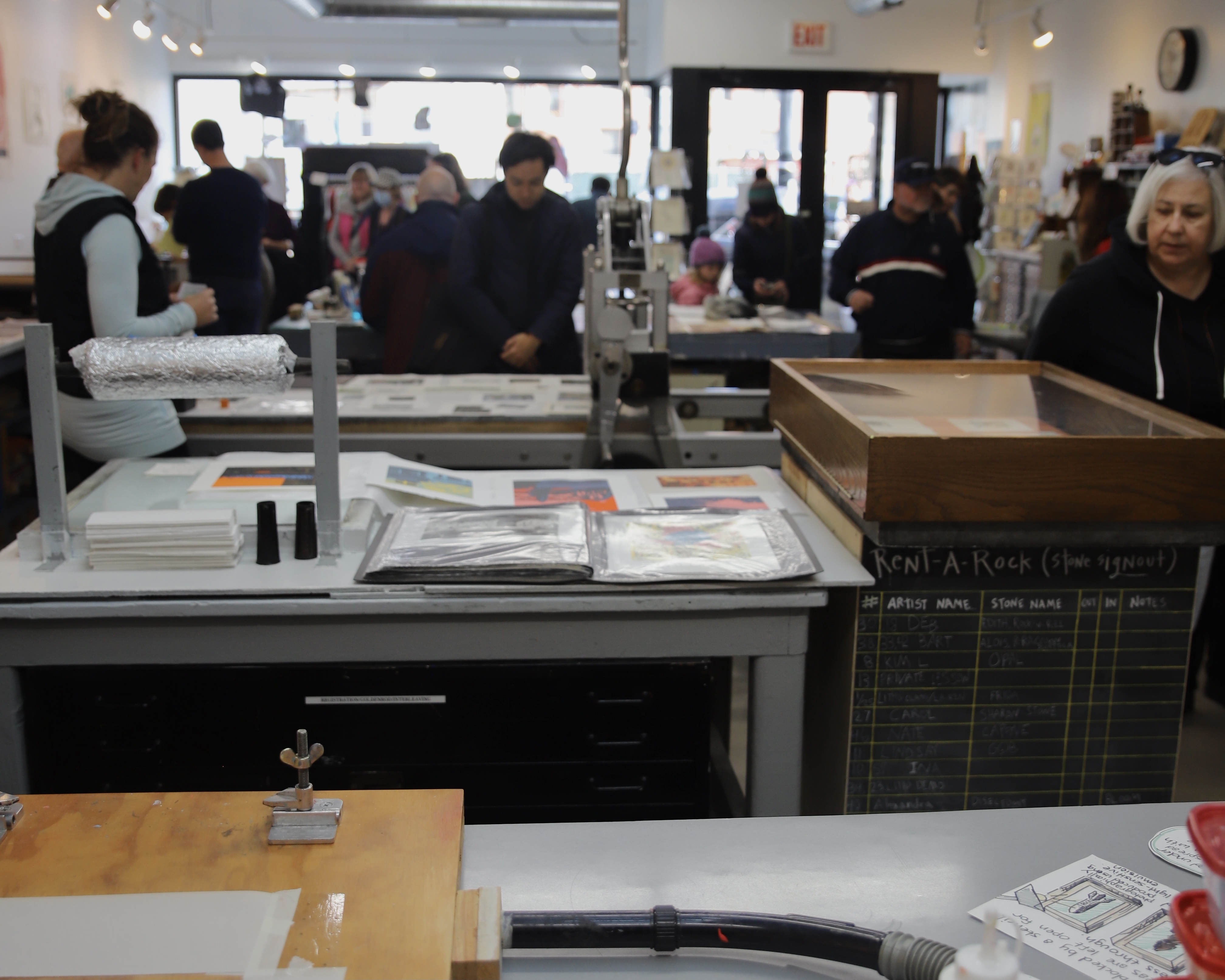
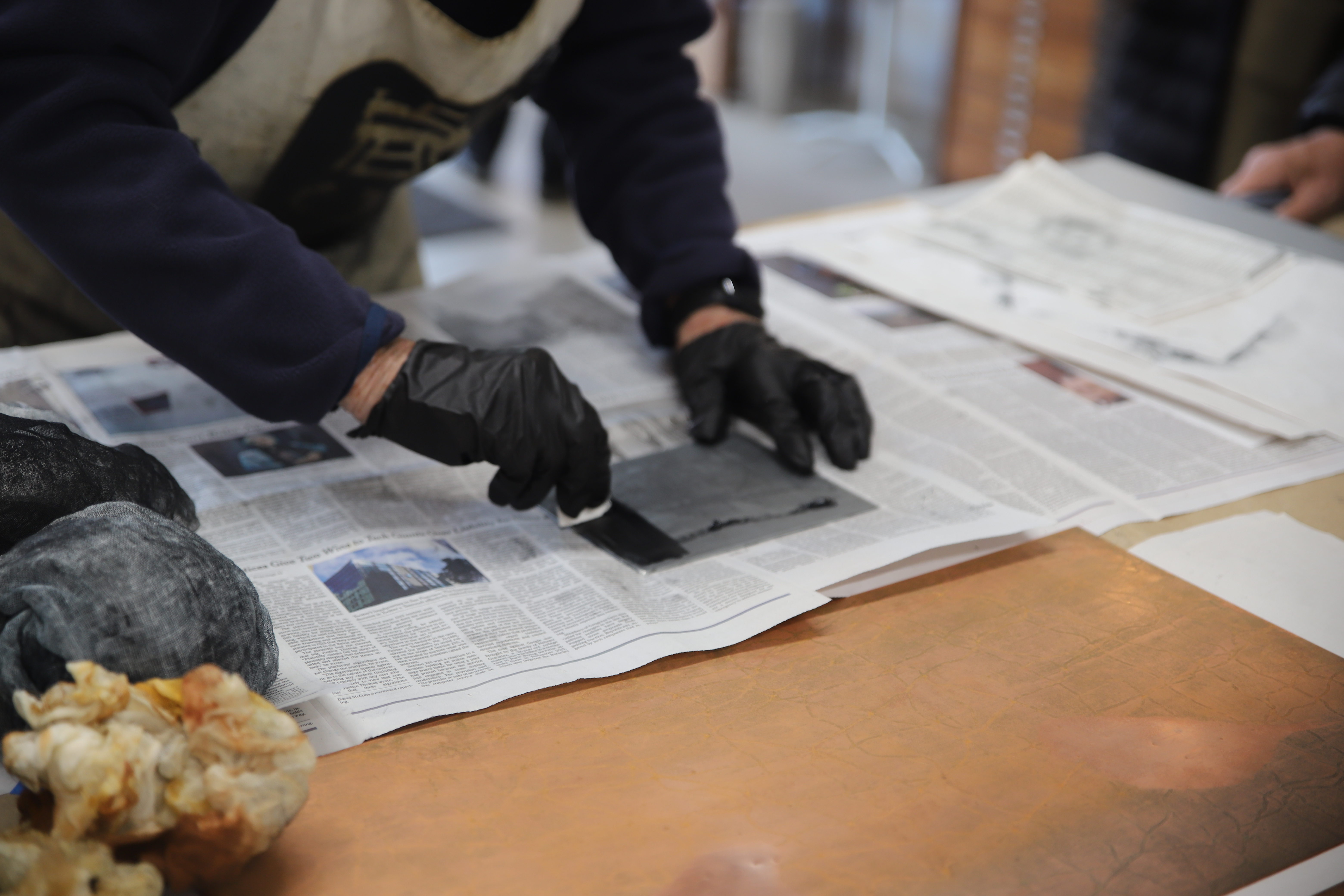
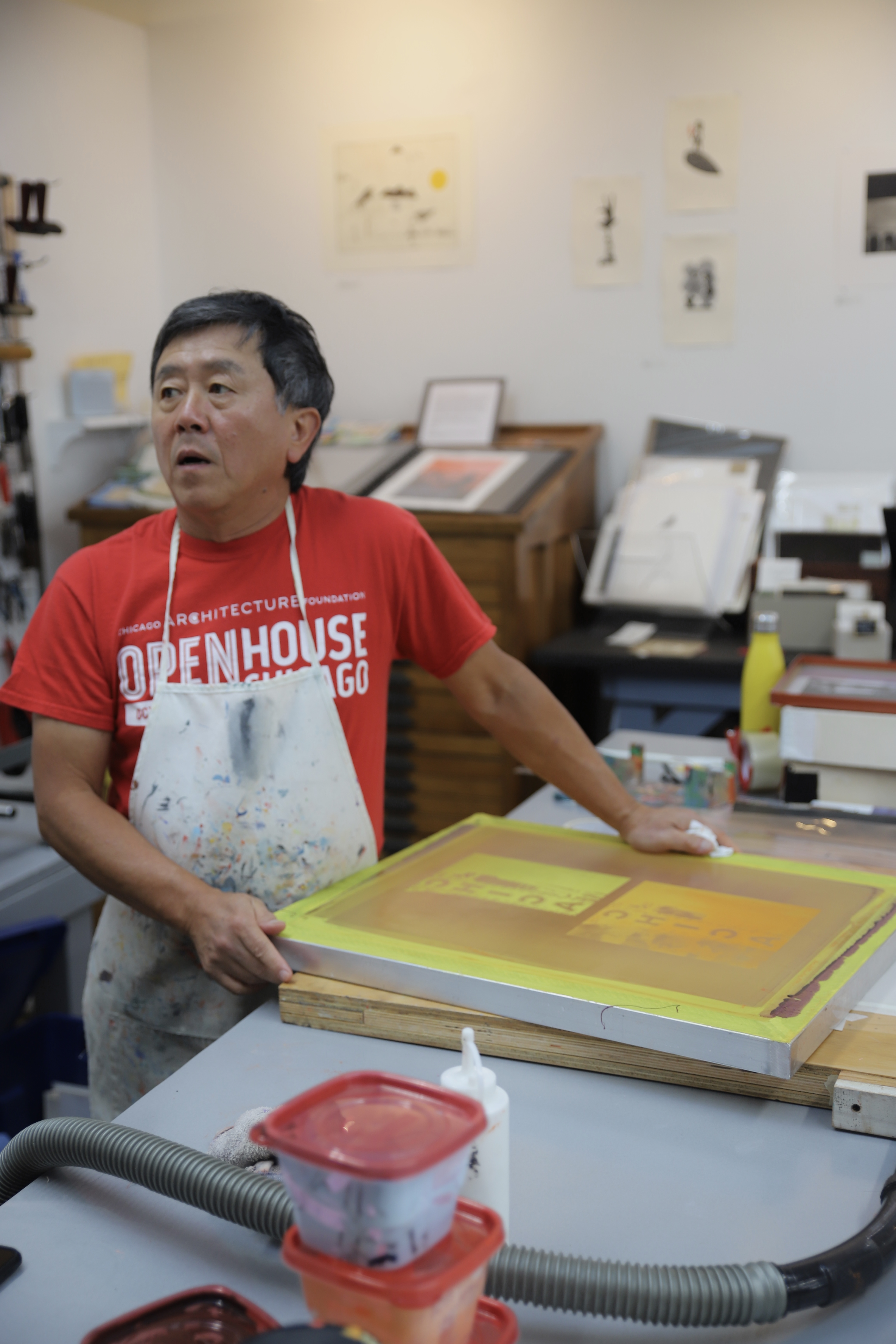

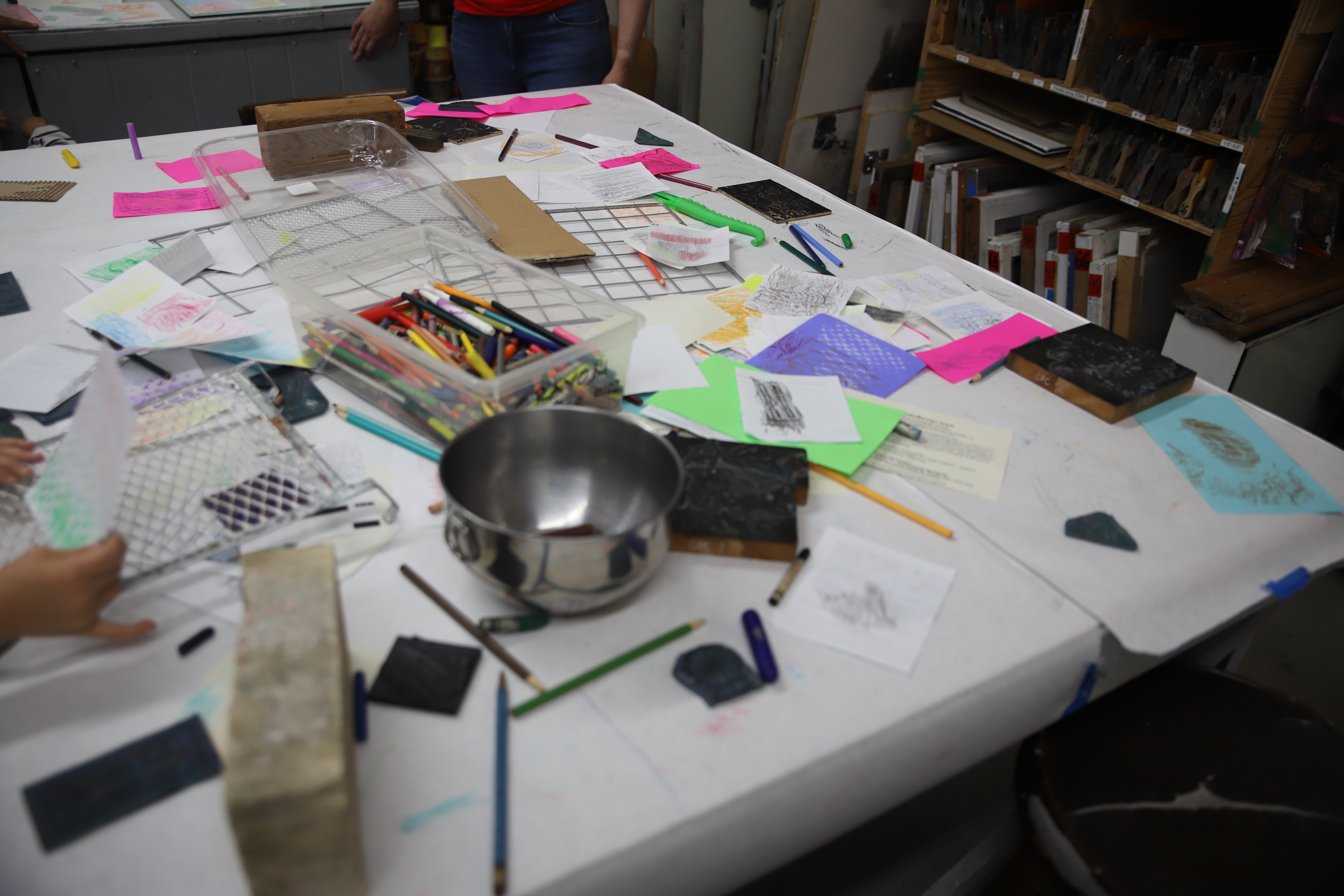
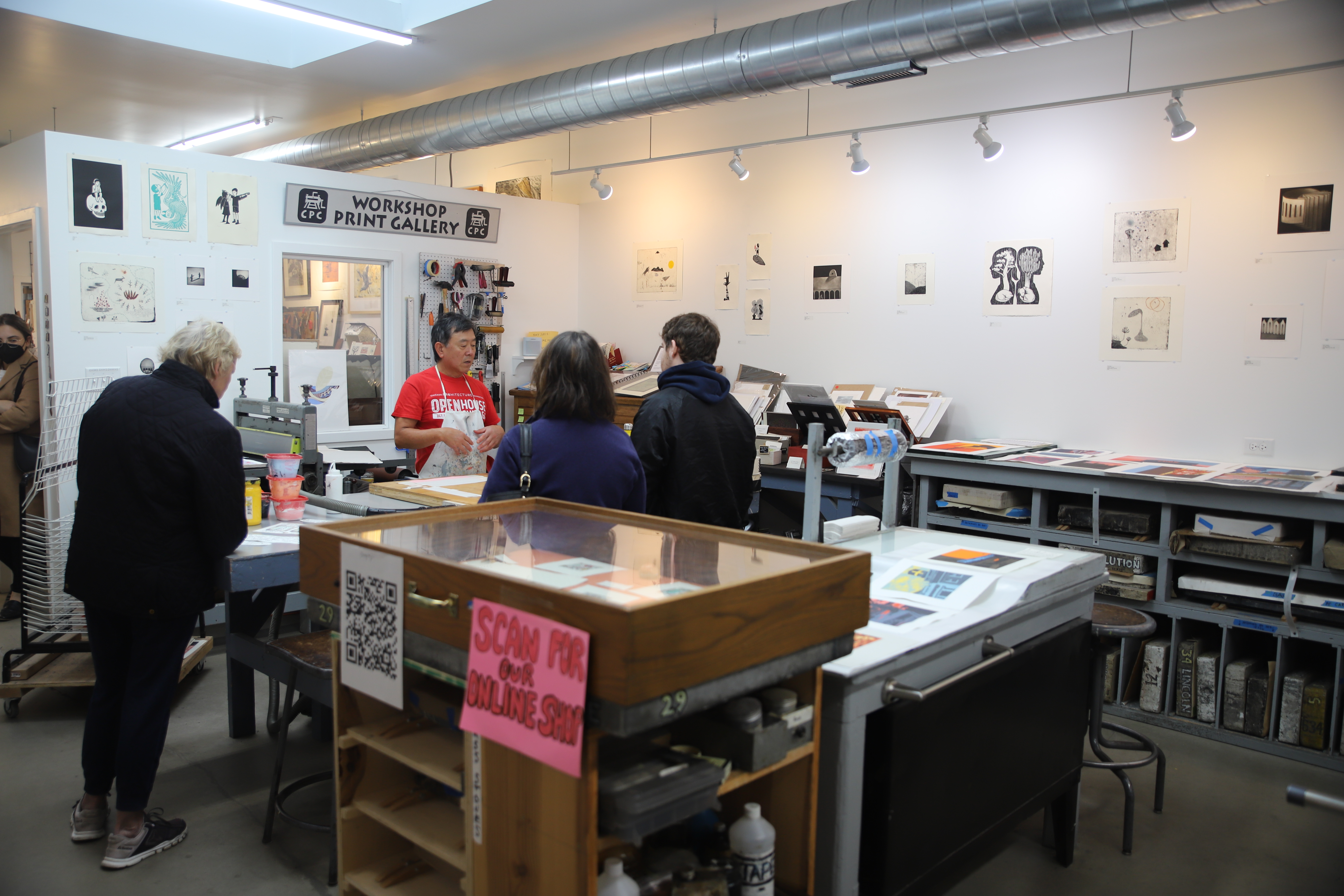
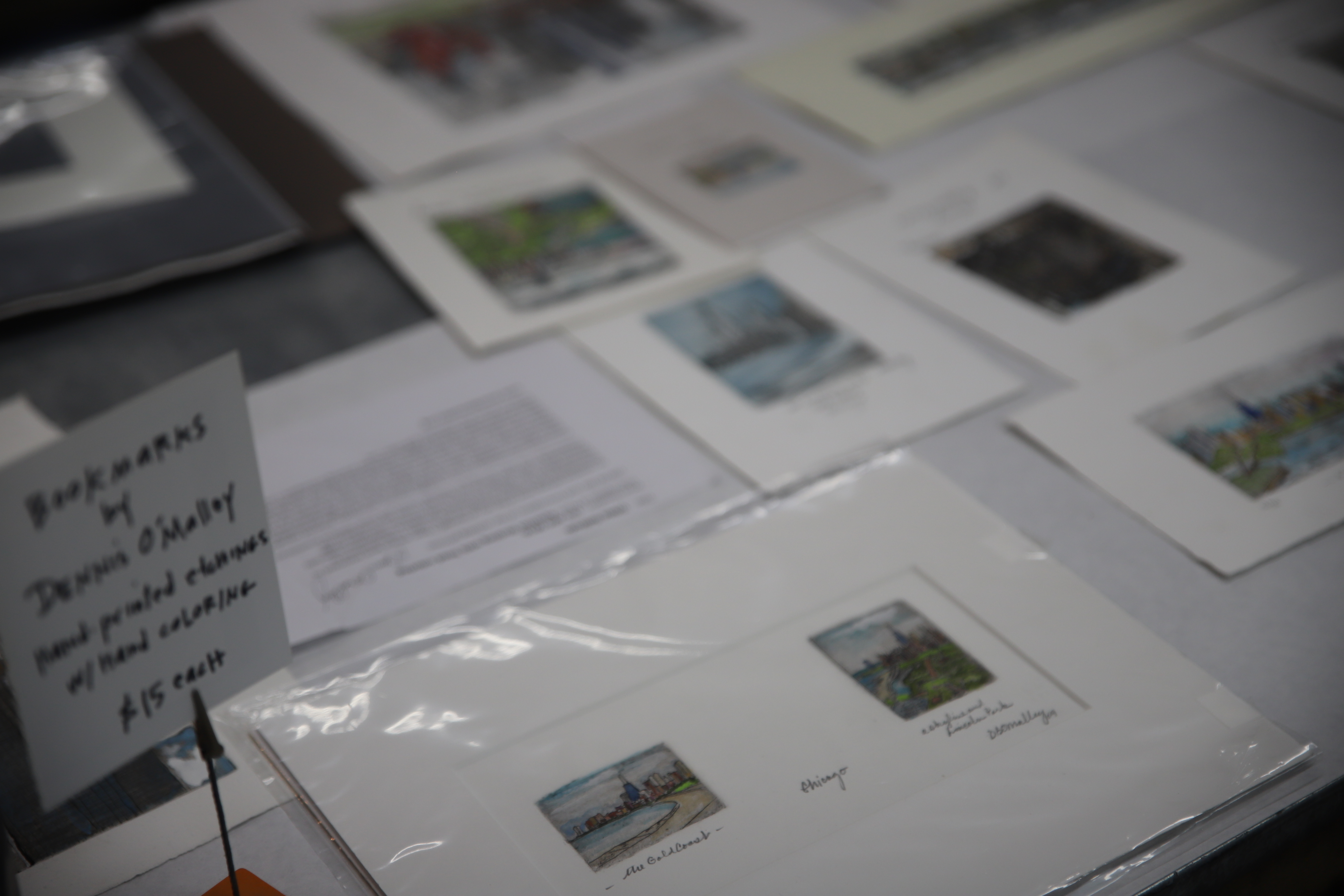

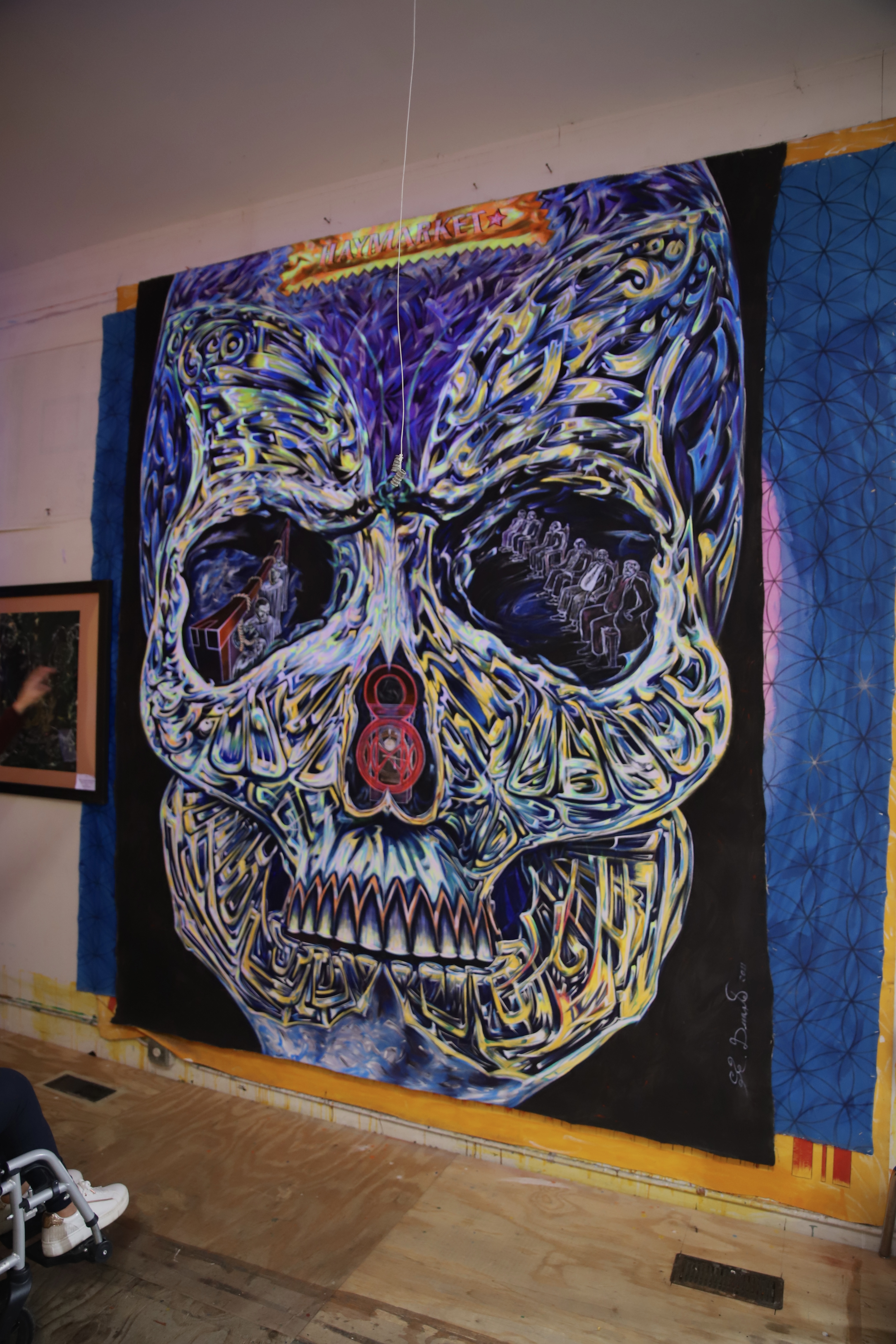
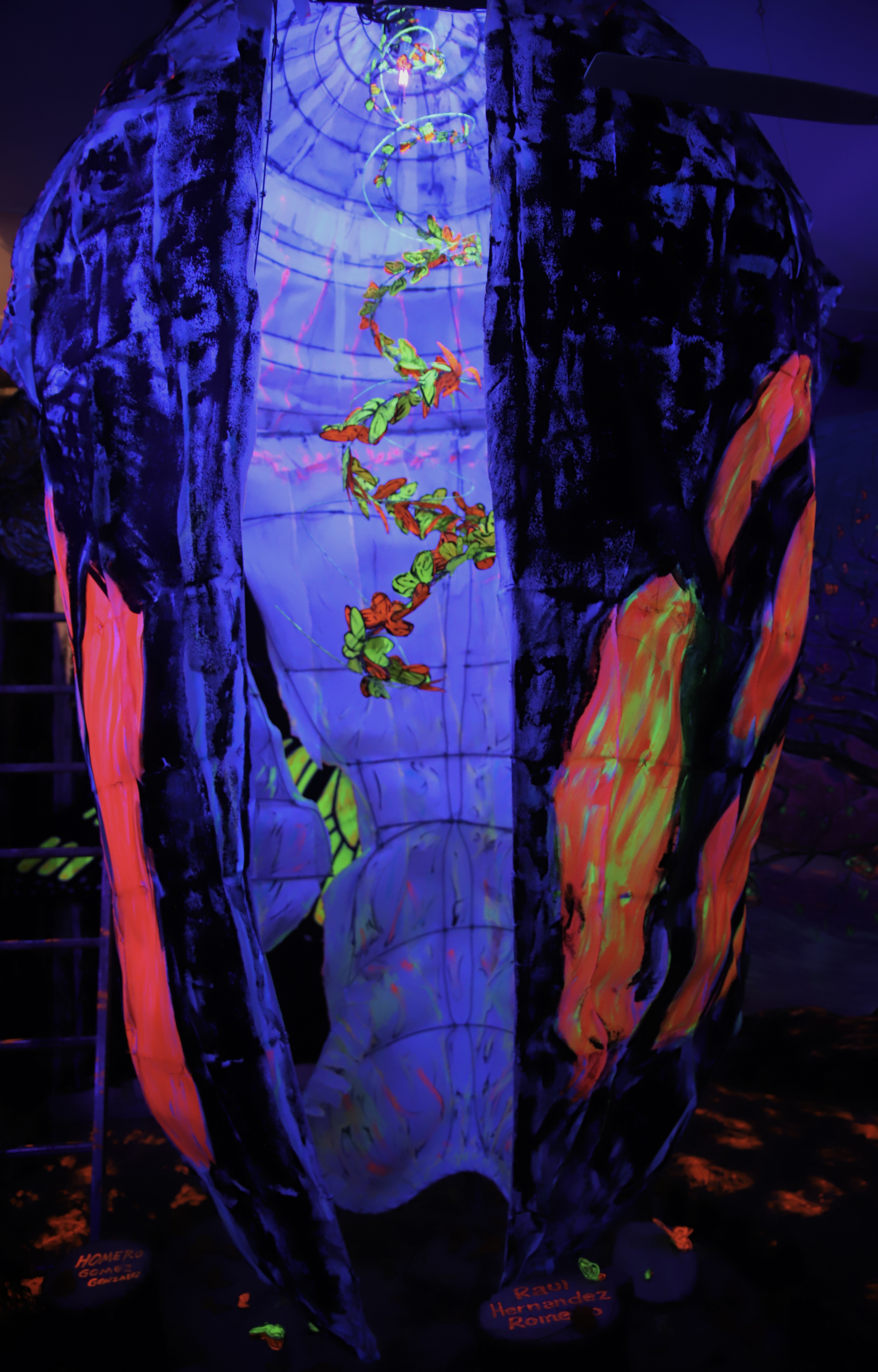
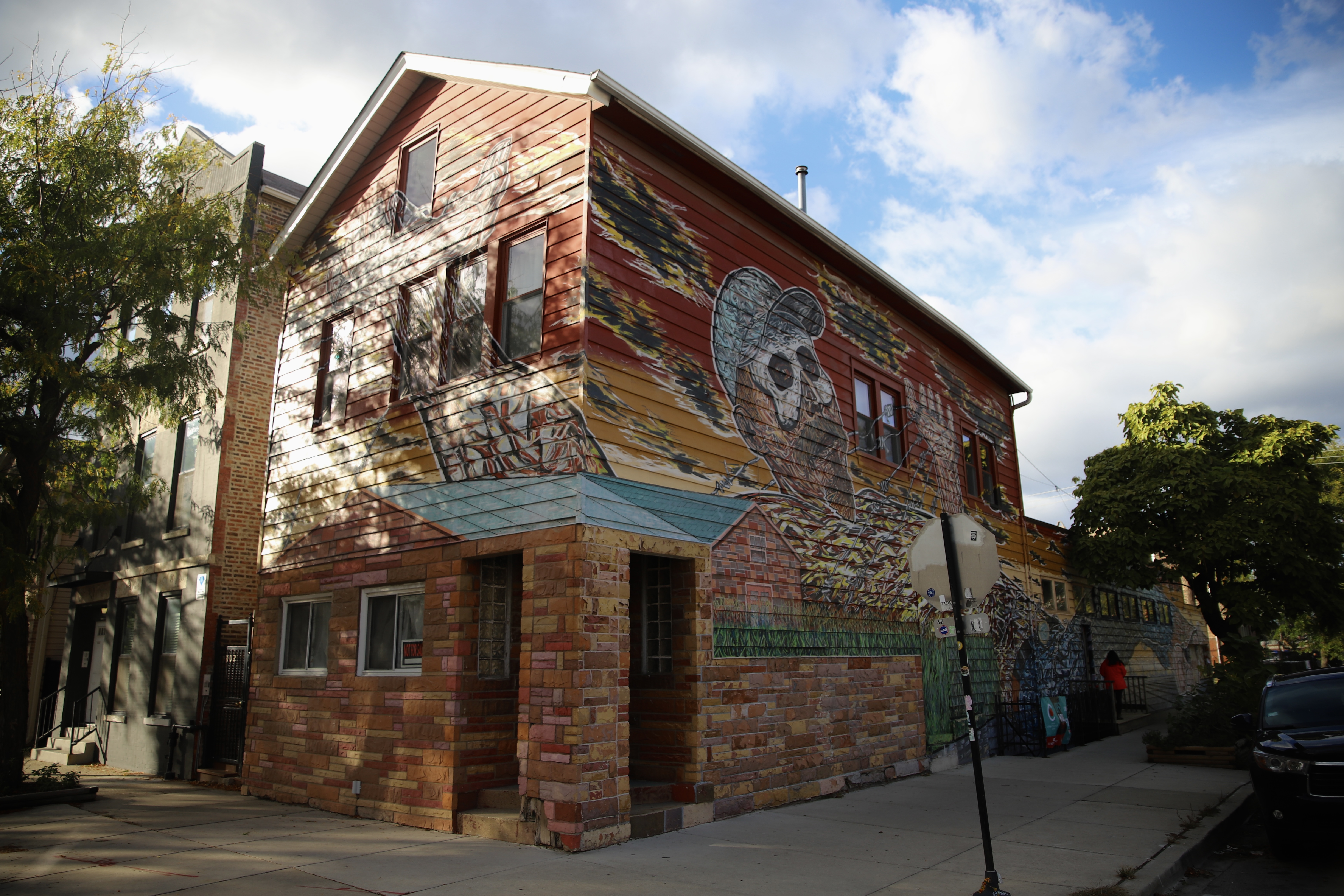
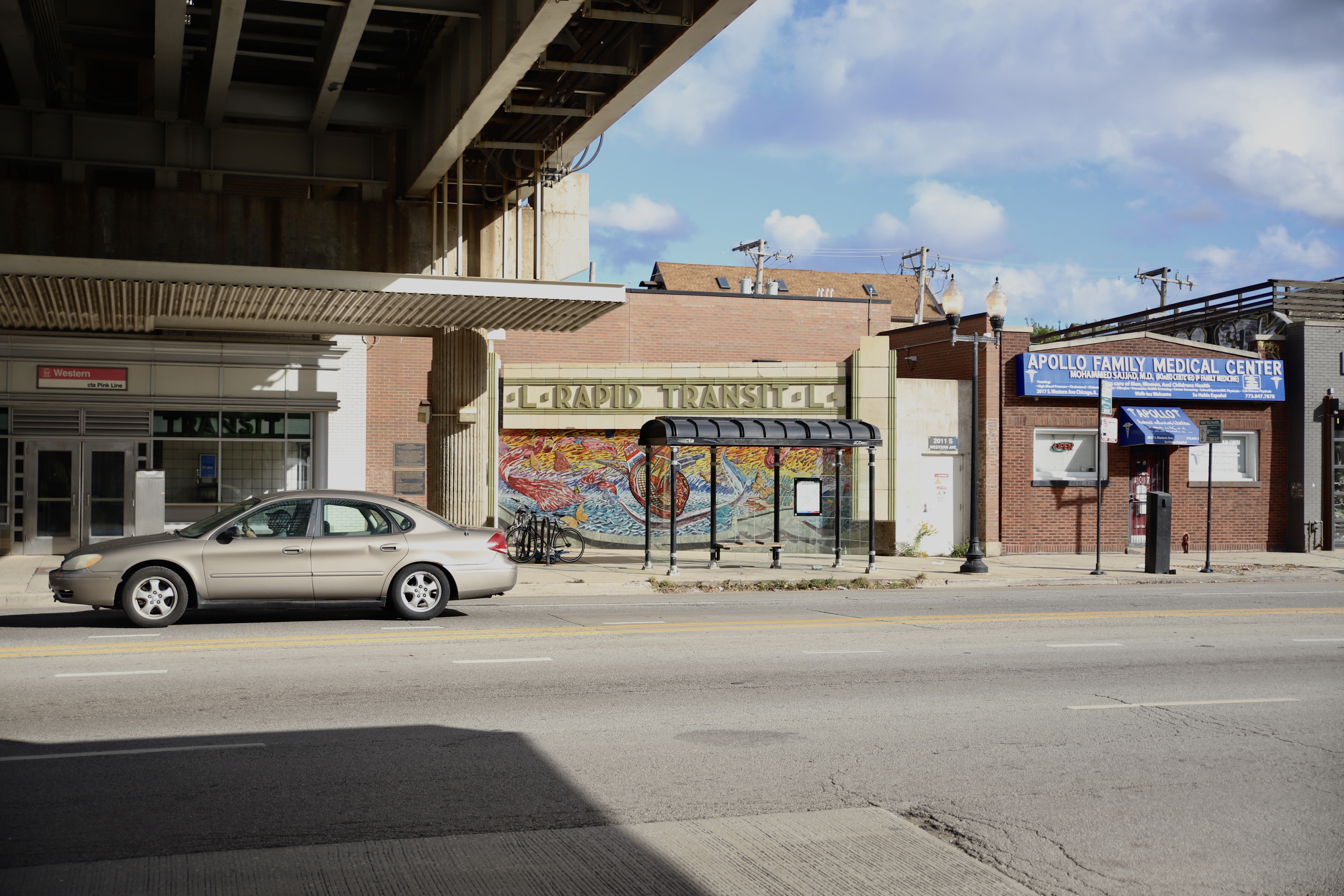

NO COMMENT